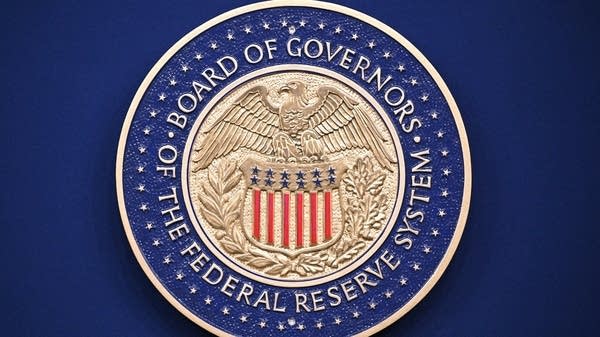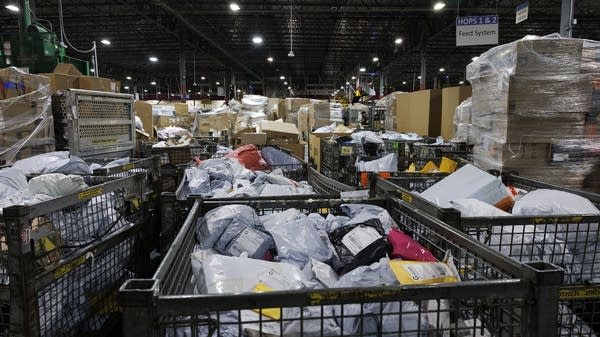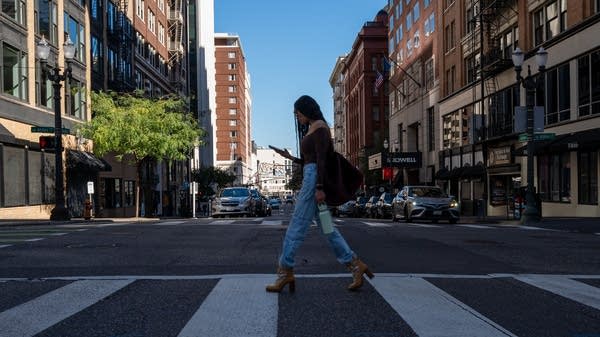Before "Liberation Day" hit, even the fear of tariffs was probably enough to cause GDP to shrink
And there’s worse to come.

On Wednesday morning, we’re going to get the first read on gross domestic product in the first quarter from the Bureau of Economic Analysis.
And the consensus is: We're in for a slowdown. Not just slower growth than we've been seeing — an actual contraction.
The Atlanta Federal Reserve estimates that GDP will decline by 1.5%. That would be the first contraction in three years, and an indication that the President’s tariffs are already affecting the economy.
But it’s still early days, and worse is yet to come.
Some of the economic data we get comes out really close to the time period it measures. This Friday’s jobs report, for instance will cover the month we’re currently in. But Wednesday’s GDP report will reflect what happened more than a month ago, back in the first quarter of this year.
“It is a backward-looking indicator, because it takes into account everything that’s already happened,” said Jennifer Lee, senior economist at BMO Capital Markets.
The first quarter was before the President’s so-called Liberation Day. Back then, it was mostly fears about tariffs that were driving business decisions.
“Everyone trying to buy up what they can, when they get it, at a still-decent price, before the tariffs really kicked in,” said Lee.
All of that importing has been leading to record trade deficits. And trade deficits are subtracted from GDP.
Now we’re starting to see the actual impact of the tariffs themselves, rather than the fear.
“There’s a range of surveys from the regional Fed banks that are starting to point to increases in business input costs,” said Bill Adams, chief economist at Comerica Bank.
He said those higher costs are likely to cut into business investment, which is an important component of GDP.
“Businesses are going to be more cautious towards building a new factory, buying new equipment that they’re going to be using for the next couple of years,” said Adams.
Uncertainty is causing businesses to put off hiring decisions, and that could have an even bigger impact on GDP, said Gregory Daco, chief economist at EY.
“That leads to essentially a slowdown in employment momentum, and in income growth, which in turn will prevent consumers from spending, in the face of these heightened prices, stemming from tariffs,” said Daco.
Given less business investment and less consumer spending, Daco said, “The end result is likely to be the U.S. economy moving from a 3% pace of growth in 2024, towards a pace of growth that’s likely to be very close to stall speed by the fourth quarter of this year.”
In other words, Daco said, the odds of a recession are rising.













